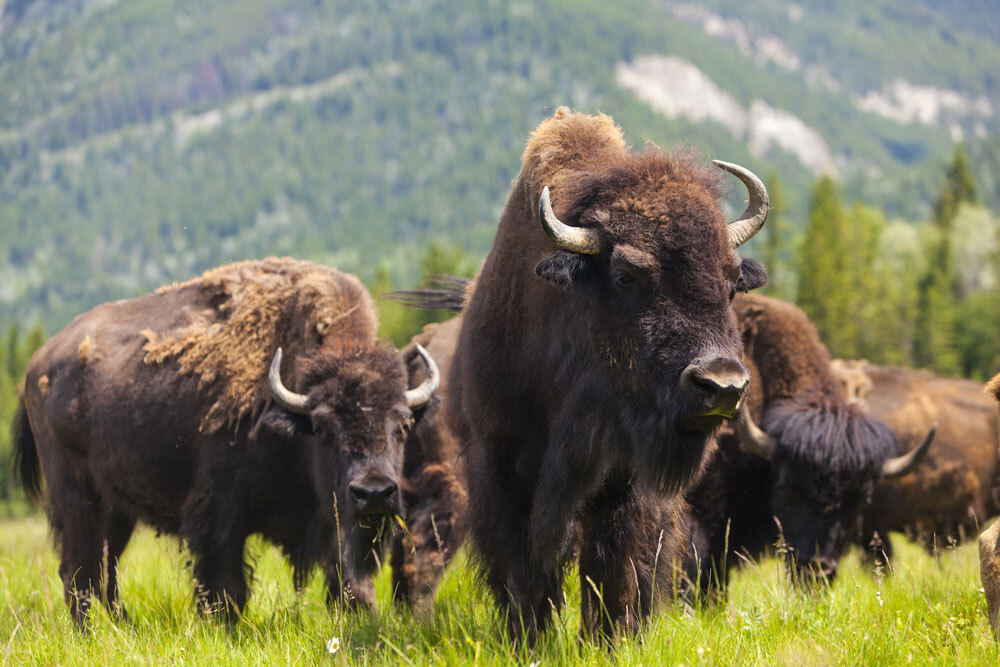North America’s bison, commonly called buffalo, are the continent’s largest land mammals. Wood bison are easily recognised by their massive head, shoulder hump and shaggy brown coat that turns almost black on the head. Both sexes sport short black horns; female horns curve rearward while male horns curve slightly inward. Bulls can weigh over 900 kg (nearly a ton), stand 1.8 m (6 ft) high at the hump and reach 3.8 m in length.

Free‑range bison hunts take place on vast prairies and boreal forests where small herds roam. Hunters often glass from a distance to spot dust clouds or dark silhouettes before making a careful stalk using terrain for cover. Because of the animals’ size and thick hides, most guides recommend heavy bullets and close‑range double‑lung shots. Only a handful of jurisdictions offer draw tags for wild bison, and hunters must be prepared for extreme cold or long hikes in remote areas. Stalking a single animal separated from its herd minimises the risk of a wounded bison disappearing into timber.
Bison once numbered in the tens of millions but were nearly eradicated in the 19th century. Today about 500,000 animals exist, with most living on private ranches and a few thousand in wild herds managed by governments and Indigenous communities. In Canada’s Northwest Territories, wood bison are considered a threatened species; males and females have short black horns and males reach over 900 kg. Conservation programs use aerial surveys and regulated hunts to maintain herd health and prevent disease outbreaks. Indigenous communities harvest bison under quota systems and contribute to monitoring and habitat protection.
Bison are social herd animals that use their large heads and strong neck muscles to sweep snow aside when foraging. Their fur changes from dark brown to black on the head, and they shed in spring leaving massive “bison wallows” in dusty soil. Bulls emit low grunts during the rut, and calves born in late spring have reddish coats that darken within a few months. Bison wallows provide microhabitats for prairie plants and insects.
Bison can be found in the following location:
Bison has the following variations:
- (Varieties to be confirmed)
Start Your Adventure



